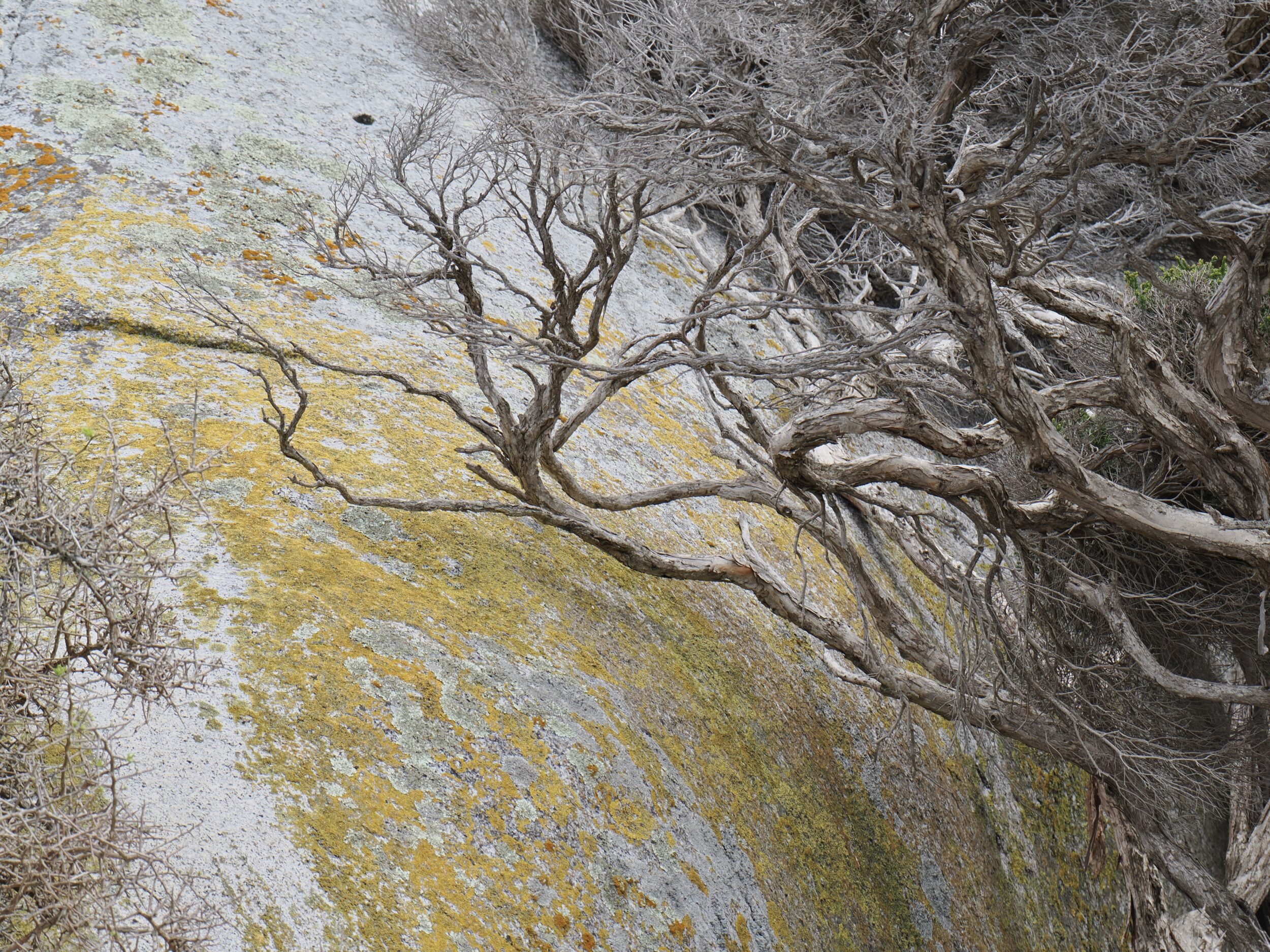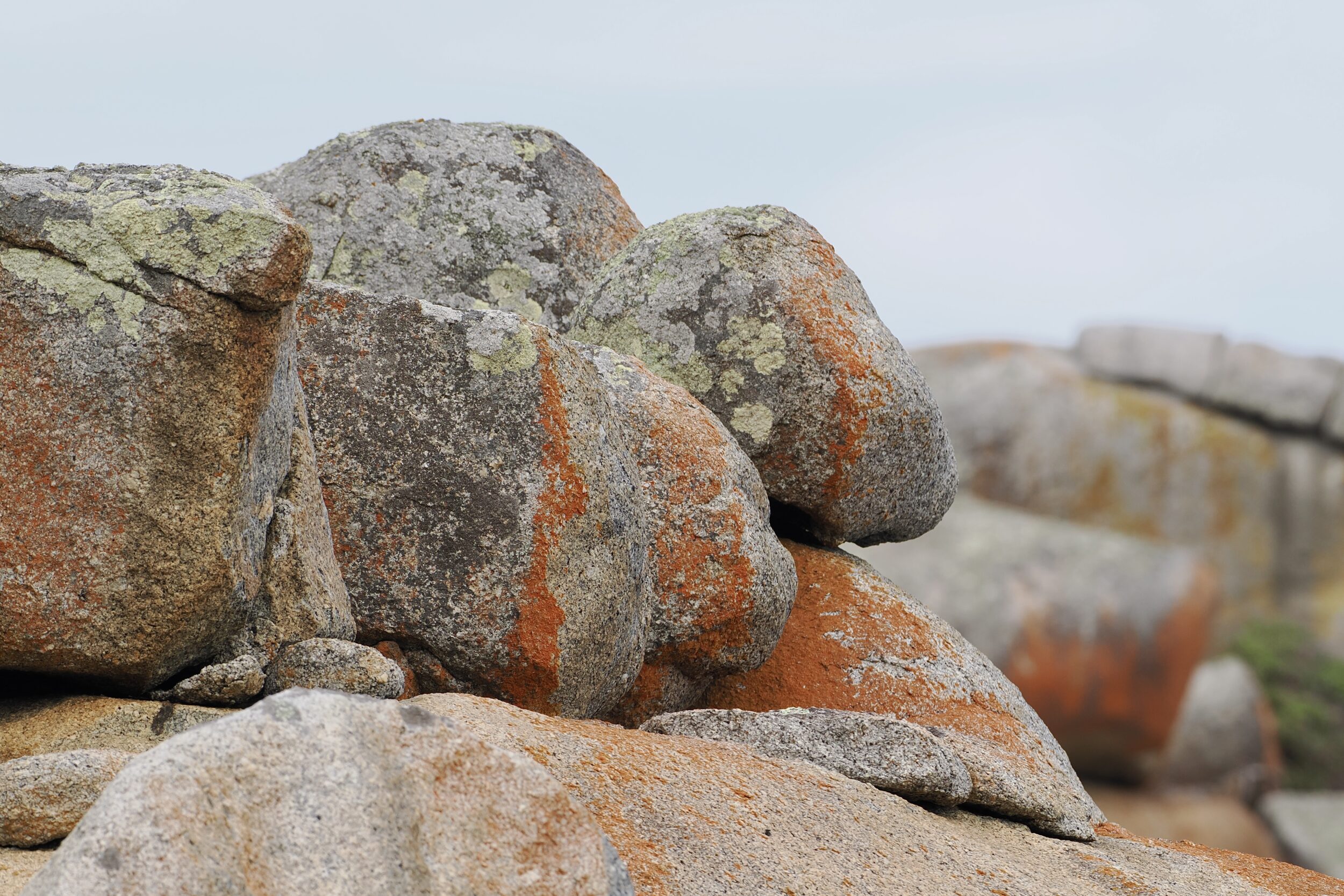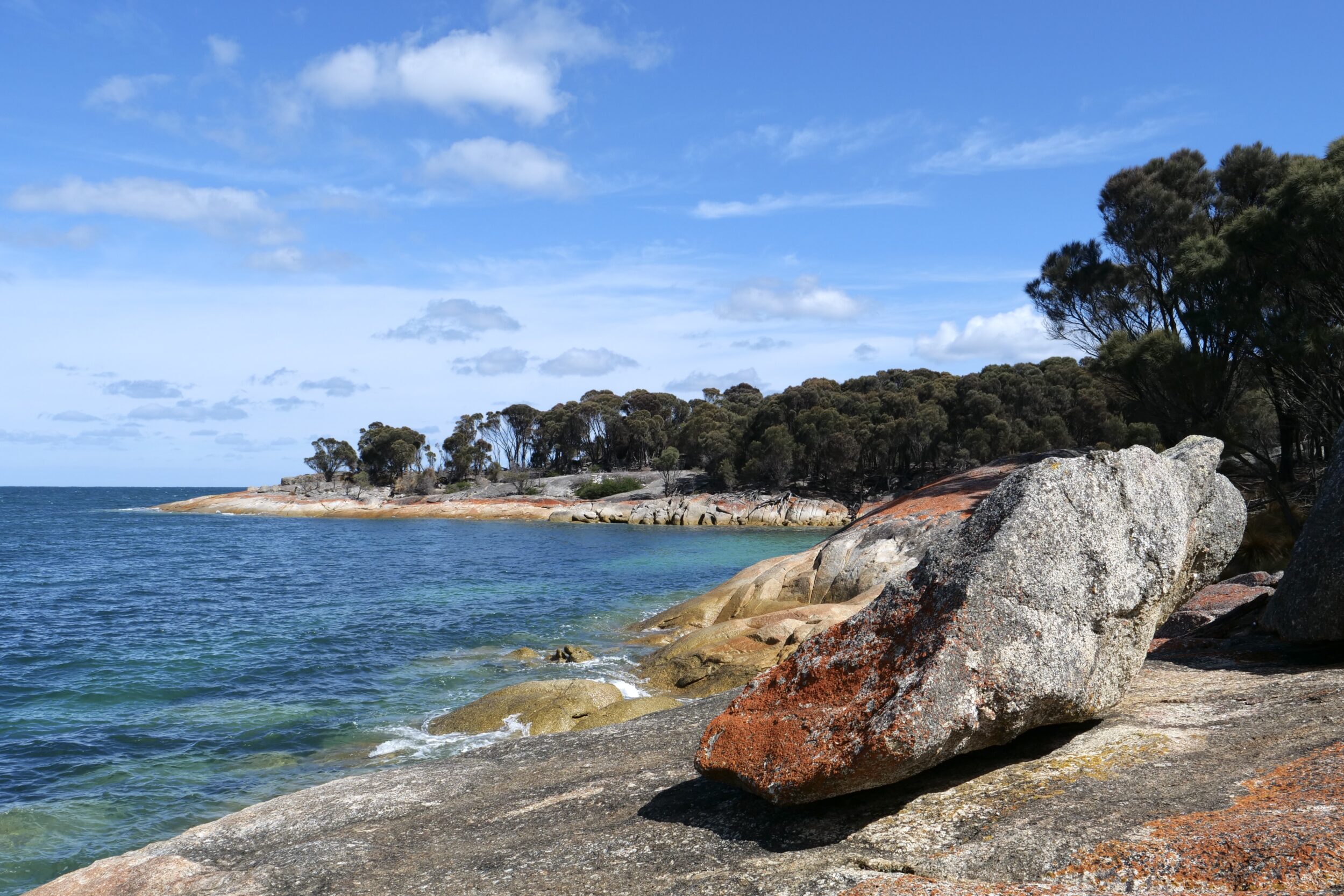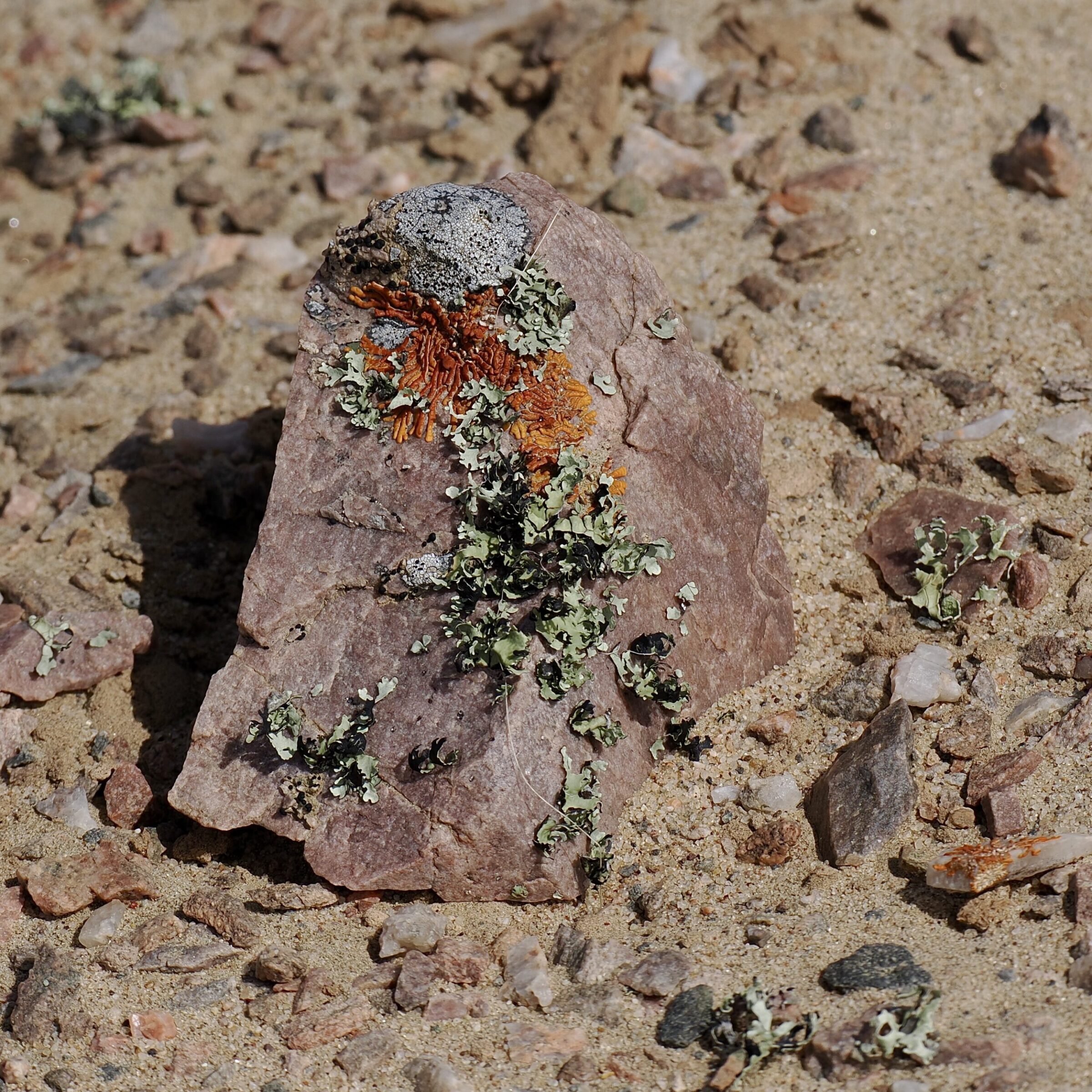You are looking at what the strength/weakness, relative abundance/scarcity, or presence/absence of various substances/qualities has delivered.
Likely-major players in the pictured instance: long-extinct volcanoes, erosion, chemical reactions, gravity, wind, rain, salt (windblown, from the nearby sea) and fire, sunlight, shade, shelter, temperature variation, “exhausted” soils, sheep.
Leave a Comment


